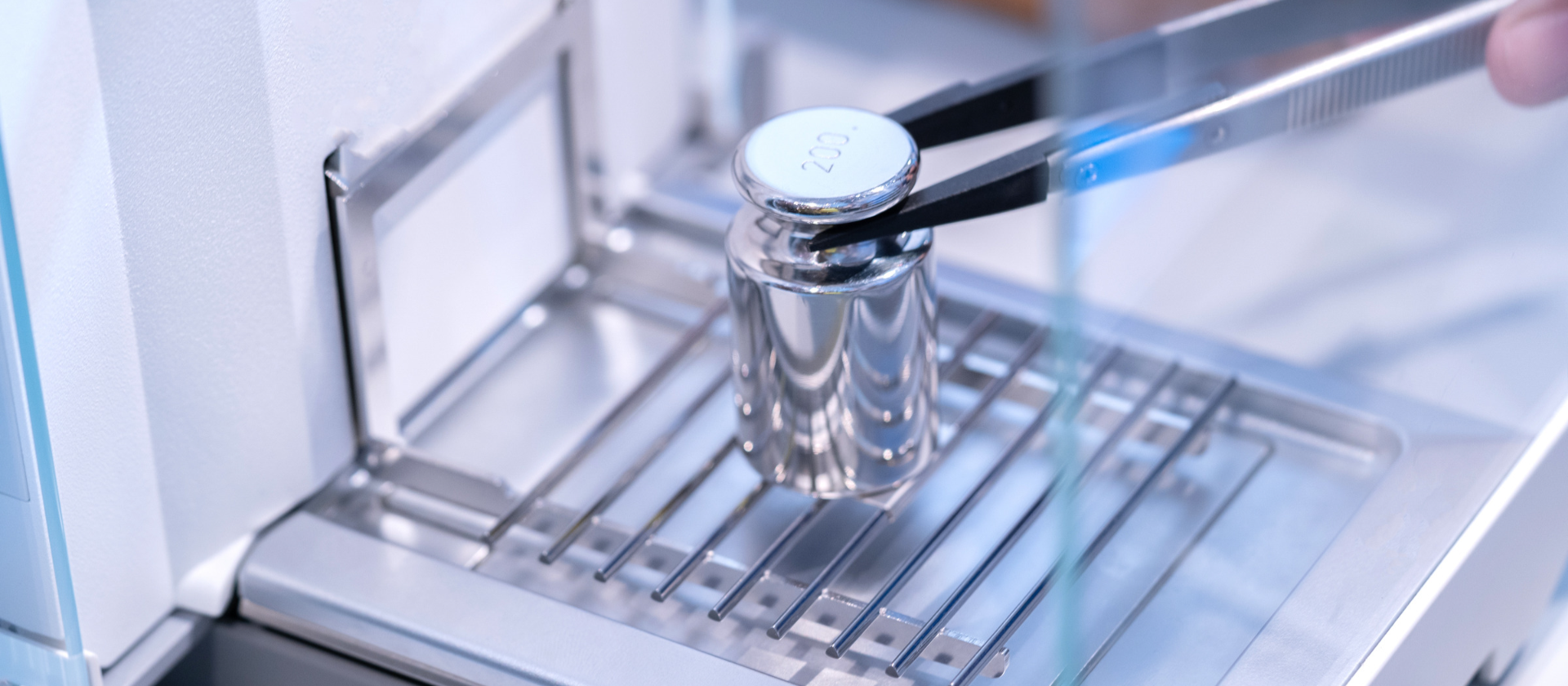Superior Balance Scale Calibration
Precision, accuracy, and dependability create the foundation for business in your laboratory. These qualities must be layered throughout the policies, procedures, and day-to-day functions performed in support of any objective.
For industries that use scales and balances, this means ensuring that all equipment functions at its highest level to uphold the measurement quality. Industries such as pharma and food and beverage have multiple labs functioning in different capacities like quality control and research and development.
All require accurate measurements for testing, as do all research institution laboratories and other life sciences laboratories. For these reasons, scale calibration is an essential part of equipment maintenance and care.

Scale Classification
Industrial laboratories differ from commercial laboratories concerning the standards legally required for operation. Commercial scales need to be calibrated according to Handbook 44, NIST (National Institute of Standards and Technology) standards, updated each year. This makes them Legal-for-Trade.
Many industrial scales also use NIST guidelines as good practice, whereas it is mandatory for commercial scales. The ISO (International Organization for Standardization) provides another helpful resource for ensuring that your lab follows best practices in weights and measures. We suggest conducting your own research to determine which policies govern your laboratory’s scale function, or if voluntarily adhering to NIST or ISO standards provides appropriate accuracy documentation for your scales.
Calibration Procedure
Most new scales arrive at their destination already calibrated by the manufacturer. However, this does not mean that a scale will measure accurately after what can be a bumpy journey to its new home. Planes, trains, and automobiles move quickly, movement of the package from plane to truck, and so on…often more than one logistical shift takes place. As a result, it is recommended that laboratories perform their in-house calibration to ensure accuracy.
The frequency of calibration will depend on the scale’s use. For example, a scale used with an accuracy of .01 gram or 0.001 gram is recommended to be calibrated every day. Measurements with a wider margin of error will have a different recommendation.
Referencing manufacturer guidelines in conjunction with NIST guidelines to determine calibration tolerance can help you choose and create a calibration schedule for your scale, based on its use and purpose.
Calibration tolerance refers to the amount of deviation that can occur in your measurements, without negatively affecting your process. It is also recommended that you calibrate each time you move the scale from one location to another, even within the same laboratory.
There are two common types of calibration. Internal calibration means that the scale or balance has an embedded technology that allows it to calibrate itself. Often, this can be done with the press of a button. This is an easy, uncomplicated way to perform the necessary service.
Another type of calibration is external calibration. This requires someone to use approved weights with the scale or balance to set the standard measurement of the scale manually.
Even with a digital, self-calibrating scale, external calibration will sometimes be necessary to maintain precision. Again, referencing manufacturer guidelines and NIST standards can help you make these determinations for your laboratory measurement devices.
Device Registration
Lastly, something to consider regarding the regulations related to your lab’s function: the classification of your scale's purpose will determine which guidelines must be followed. It is important to understand which rules apply to your scale.
In addition to national and international organizations dedicated to standards and measurements, each state has its own agency of weights and measures as well. Any of these agencies can help with Legal-for-Trade information and calibration plans. The scale or balance manufacturer can provide advice about choosing a calibration company, in case you decide to hire one. This information can help you make the right choice.
Sources:
ISO, International Organization for Standardizations.https://www.iso.org/
ISWM, International Society of Weighing & Measurement.https://www.iswm.org/
NIST, National Institute of Standards and Technology Standards and Measurement, U.S. Department of Commerce.https://nist.gov/








